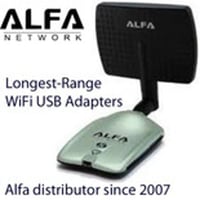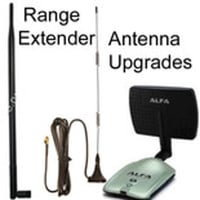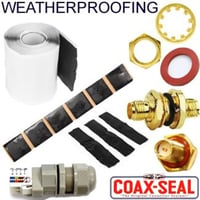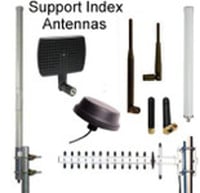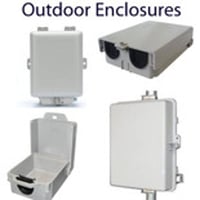Adapters to mini PCIe
M.2 to Mini PCIe Adapters
An M.2 to Mini PCIe adapter bridges the gap between two different form factors. M.2 (formerly known as NGFF) and Mini PCIe (Peripheral Component Interconnect Express Mini Card) are two distinct standards used for connecting expansion cards to a computer's motherboard. M.2 cards are primarily used for storage (SSDs), while Mini PCIe cards cover a wide range of applications, including Wi-Fi, Bluetooth, 3G/4G LTE modems, and more.
The M.2 to Mini PCIe adapter essentially allows you to use M.2 devices with Mini PCIe slots, expanding your system's capabilities and compatibility. This adaptation opens up a world of possibilities for users looking to upgrade their hardware without purchasing entirely new components.
As technology continues to evolve at a rapid pace, so do the demands placed on our hardware. With the increasing need for faster storage solutions and enhanced connectivity options, it's essential to explore the various ways we can make the most of our existing hardware. One such solution that has gained popularity among tech enthusiasts is the M.2 to Mini PCIe adapter. In this article, we will delve into what these adapters are, how they work, and the myriad of applications they offer.
How Do M.2 to Mini PCIe Adapters Work?
The operation of an M.2 to Mini PCIe adapter is relatively straightforward. It consists of a small PCB (printed circuit board) with connectors that match the M.2 and Mini PCIe form factors. Here's a simplified overview of how these adapters work:
-
Physical Compatibility: M.2 to Mini PCIe adapters are designed to physically accommodate both M.2 and Mini PCIe cards. The adapter typically has an M.2 slot on one side and a Mini PCIe slot on the other.
-
Connection: Users insert their M.2 card into the M.2 slot on the adapter, making sure it's properly aligned and secured in place. The Mini PCIe side of the adapter is then plugged into an available Mini PCIe slot on the motherboard.
-
Compatibility: The adapter acts as an intermediary, translating the signals between the M.2 card and the Mini PCIe slot. This allows the Mini PCIe slot to recognize and communicate with the M.2 device.
-
Drivers and Configuration: Depending on the specific hardware you're using, you may need to install drivers or make configuration adjustments in your system's BIOS to ensure proper functionality.
Applications of M.2 to Mini PCIe Adapters
-
Storage Upgrades: One of the most common uses of M.2 to Mini PCIe adapters is to add M.2 SSDs to laptops or desktops with Mini PCIe slots. This provides a significant boost in storage speed and capacity.
-
Wireless Connectivity: Mini PCIe slots are often used for Wi-Fi and Bluetooth cards. With an adapter, you can upgrade or replace these wireless modules with newer, faster options.
-
3G/4G LTE Connectivity: For those in need of mobile broadband connectivity, M.2 to Mini PCIe adapters can accommodate 3G or 4G LTE modem cards, enabling internet access in areas with limited connectivity.
-
Custom Expansion: Tech enthusiasts and hobbyists can use these adapters to create custom expansion solutions. For example, you can use an M.2 to Mini PCIe adapter to connect various M.2 devices, such as storage, Wi-Fi, and graphics cards, to a single Mini PCIe slot.
-
Industrial Applications: In industrial settings, where Mini PCIe slots are commonly used for specialized interface cards, these adapters provide flexibility when upgrading or replacing components.
Conclusion
M.2 to Mini PCIe adapters are a testament to the versatility and adaptability of modern computer hardware. These tiny adapters allow users to maximize the potential of their existing systems by bridging the gap between different form factors. Whether you want to supercharge your storage, enhance your connectivity options, or create custom expansion solutions, M.2 to Mini PCIe adapters offer a cost-effective and efficient way to do so. As technology continues to evolve, these adapters will remain valuable tools in the arsenal of tech enthusiasts, professionals, and anyone looking to make the most of their hardware investments.

